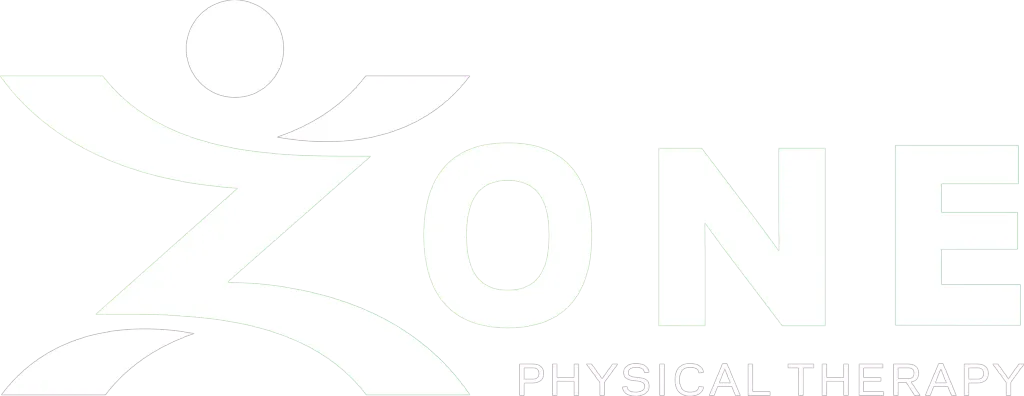By: Lori Barrios, Doctor of Physical Therapy
Pregnancy and childbirth cause a lot of changes to happen in our bodies to allow us to grow and care for our beautiful babies. It changes the length and strength of our muscles, the shape of our ribcage and pelvis, and affects how we move and walk every day.
After the baby is born many of us can be in a rush to get our bodies feeling the way they did before pregnancy but this may take more time and work than we realize. Often we don’t get a lot of guidance after the 6-week follow-up appointment when we are told we can resume exercise.
It is important to ensure that we regain our strength and mobility the right way and at the right pace to avoid pain, injury, or bladder or bowel symptoms. Here are a few tips to help you have a successful return to exercise after childbirth.
1. Breathe. More importantly, make sure you are breathing correctly. Our breathing mechanics play a huge role in managing pressure in our abdominal cavity and on our pelvic floor. When you take a breath in you should feel a full 360 deg expansion of your ribcage. You should not only see your belly moving in and out when you breathe. This may mean that your ribcage and back are stiff or lacking mobility they need to move correctly. When you breathe out you will want to focus on moving your front lower ribs down and in to help re-activate your abdominals gently and work on restoring normal rib cage position. Often we can develop a lower rib flare when pregnant to make space for the baby to grow but we don’t want to maintain that positioning forever.
When you exercise it is very important to avoid holding your breath, especially when lifting heavy loads. Holding your breath greatly increases your abdominal pressure and puts a lot of stress on your pelvic floor. A tip to remember is to “exhale with exertion” meaning that you breathe out as you are pushing, pulling, or lifting a load. This can help you to engage your abdominals for good core support and trunk positioning while you are asking your muscles to work the hardest.
2. Progress slowly. It is important to be able to restore good postural mechanics and strength and control with basic movements before we try to jump into more advanced exercises. Trying to resume our regular exercise routine without first getting back to our normal movement patterns can lead to pain and frustration.
Start with exercises where both of your feet on are on the ground together and then progress to single-leg activities once those feel strong and stable. Also, make sure to feel strong with bodyweight movements before trying to add any weight.
When progressing to running you want to feel comfortable with bodyweight exercises as mentioned above but then feel stable with bilateral jumping and single-leg hopping prior to going out for a run. It is also a good idea to start with shorter distances and walk/run intervals.
3. Know when you need help. If you are trying to pace yourself and still struggling with pain, discomfort, pressure, or leaking when you exercise it is time to reach out to a pelvic floor physical therapist. A pelvic floor PT can help you regain the proper posture and positioning you need to support your joints and pelvic floor correctly. They can help develop a personalized plan to help you meet your specific goals without having to suffer through any long-term symptoms. It is always easier to correct issues as soon as they arise but know that it is never too late to reach out for help either.
The truth is that everyone is different and everyone will progress differently throughout their journey back to exercise postpartum. For some, it may be easier than others but it is always important to know that there is help available to make sure you reach your goals successfully. If you have any questions feel free to reach out to our pelvic floor physical therapists at Zone Physical Therapy for a free phone consultation or a free in person discovery visit. We would love to partner with you to reach all your exercise goals.


